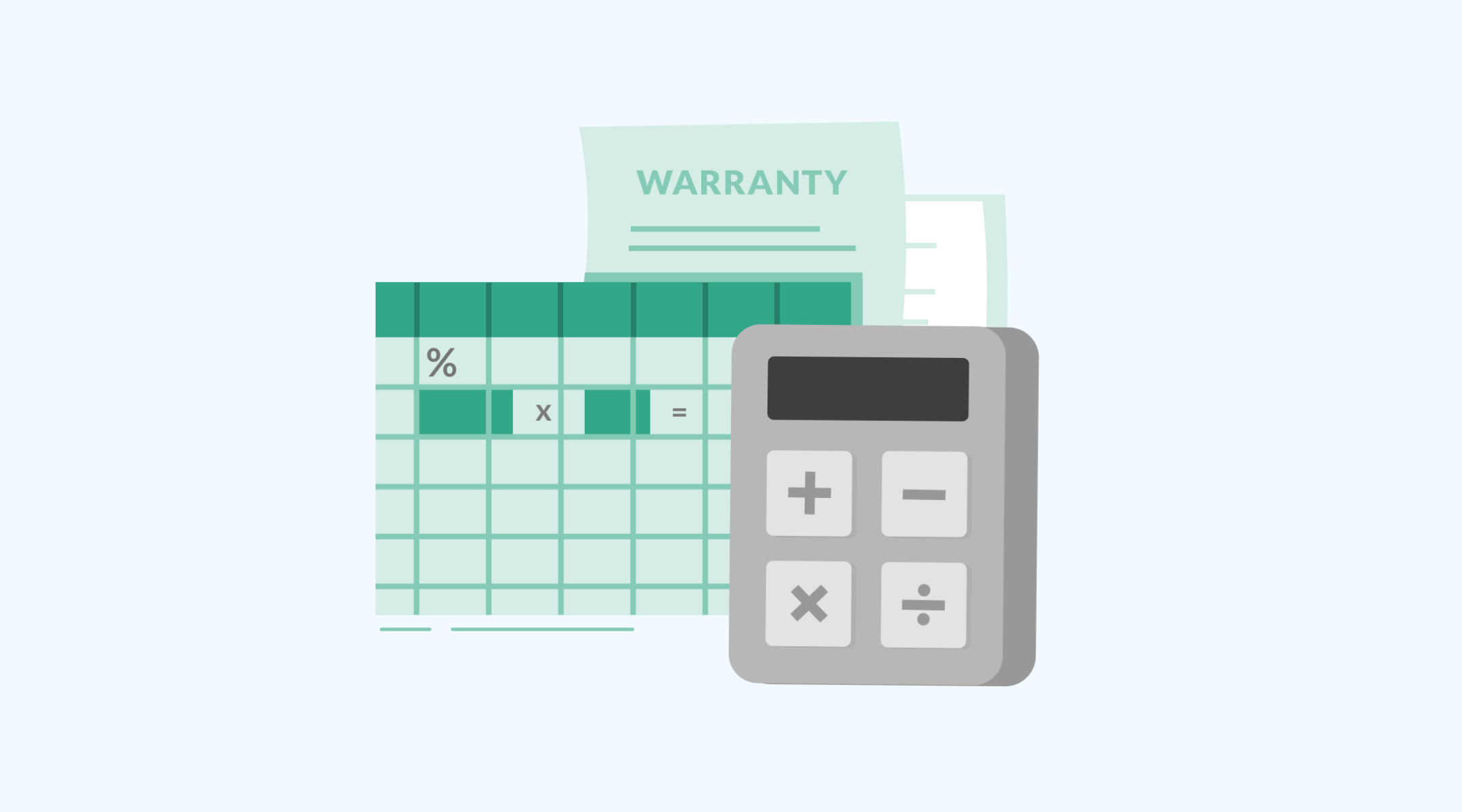Selecting the right software for your organization
Fleet maintenance software is designed to reduce your costs to support your organization’s return on investment. However, when the initial vendor evaluation process is not thorough, complications, and scope and cost creep can negatively impact the implementation of even the best software.
Our best advice is: look before you leap. Make sure you wholly understand your maintenance vendor’s offering, because failing to do so can drastically impact your initial return. At very worst, this phenomena can lead to the costly decision to abandon the project and pivot to another platform.
Many of these issues can be easily avoided when you lead with a meticulous vendor evaluation process. It is critical to ask the right questions to ensure you are not only selecting the elusive “best of breed” solution, but also the fit that is right for your unique business needs.
We’ve compiled a list of questions we hear the most. These questions are designed to begin the preliminary discussions that will help to ensure your organization’s evaluation process is as robust as possible.
Start by asking the following questions:
1. WHAT PROBLEM(S) MUST WE SOLVE WITH THE SOFTWARE?
Gather all the stakeholders in a room, and speak to identify the key pain points or issues you are trying to solve with this purchase.
For example, if the key objective is increased uptime of equipment then the software selected must address uptime management.
If safety and reliability are key, then the software must have advanced functionality to support these requirements.
Having a clear sense of direction is critical to making the right decision.
2. WHICH SYSTEM WILL WE INTEGRATE WITH THE NEW SOFTWARE?
Once your team has identified the key requirements, it is vital to determine which systems must be connected to the software to optimize the flow of data between all required applications.
This includes the assets themselves, monitoring systems, telematics, ELDs, accounting software, and beyond.
3. WHO OWNS THE SELECTION AND IMPLEMENTATION PROCESS?
Who are the people that will own each milestone from evaluation to implementation to upkeep, and beyond? Plan out your future critical path being as realistic as possible.
Then, determine when each role will be available to accomplish the milestones that they own.
4. WHICH MAINTENANCE SYSTEMS ARE OUR INDUSTRY CONTACTS USING?
While meandering through review sites can provide helpful feedback on the pros and cons of each solution, keep in mind that these are paid advertising platforms and will likely contain some bias.
The best way to get a clear answer about which software is working is to ask the fleets around you.
Reach out to friends and colleagues across your network, find out which solutions are working for them or not.
5. IS THE VENDOR RESPONDING TO CHANGE IN TECHNOLOGY?
It’s critical to ask the right questions to determine for yourself if the technology is relevant and responsive.
This can be difficult as sales teams may not be forthcoming about aspects of their solution that are considered outdated. Ask them the questions that help you decide for yourself:
How frequently is the software updated?
If updates are few and far between (i.e. every few years), you may have identified a solution that is lacking agility.
Software that is truly growing and responding to changes in technology should be updated with more frequency.
Do you offer a mobile solution?
In an industry that’s headed toward full mobility, a provider that is not engaging with these new technologies is falling behind.
How well established is the mobile or web solution?
Any technology that is only a few years old is still working out the kinks. A solution that has introduced web-based technology more recently (3 years ago or less) is responding slowly to the industry’s requirements, and may not be the best solution to help you stay ahead of the competition.
How has the mobile solution been accepted by existing clients?
Ask for case studies and testimonials from existing customers. A mobile solution must be centred around good user experience.
If users are running into a lot of glitches and roadblocks, it will significantly impact the success of your implementation.
Ask for references from current clients and really dig into questions about the adaption of this technology.
Are there quality criteria that are considered important to the roll-out of the software?
This is an important question for understanding a providers quality best practices. If their QA is not a high priority, your team will become their QA team. You will be the one to find and report, by bugs.
How are you ensuring the technologies behind your product stay future-proof?
Be wary of platform’s using technologies that is are near the end of life. If the tech is no longer supported, the software will not have longevity.
Are you looking ahead to the future of the transportation industry?
Understand their plan to grow into new technology surrounding mobility, AI, voice user interfaces, automation, machine learning, EV, and robotics.
If they don’t have a clear vision to shift and respond to changes, they will not maintain relevance for long.
6. IS THE PROVIDER TRULY “BEST-OF-BREED”?
Today, it’s hard to find an maintenance software provider that doesn’t claim to be best of breed in their niche.
These questions will help you evaluate if they truly are differentiating themselves from other platforms and floating to the top of the selection pool.
How scalable and flexible is the software?
You want a solution that will grow your business and grow with your business. One size fits all solutions generally impact the return on investment and the ease of use when selecting a product.
Which 3rd party integrations are available?
Routing, Dispatch, ELD, eDVIR, accounting software, OEMs, and beyond.
A system that doesn’t talk to other industry-standard software will leave you siloed and lagging behind your competitors that have automated the flow of data between all their systems.
Which services can support your organization’s unique implementation?
A truly powerful maintenance solution should come with a community that supports you through all the pitfalls and triumphs of introducing a new software.
Find out if implementation services, best practice reviews, training, and 24/7 support available from the vendor. A lack of services can often be a signal that a solution is entry-level or lacking sophistication.
Is the solution designed with ROI in mind?
Understand all the compensating transactions that are handled. Many providers overlook key warranty functionalities such as cores, part or service replacement warranties which greatly reduces ROI.
How many operational users does the software company have today?
If you are the first or an early adopter, there will be growing pains to complete the implementation.
What are the implementation costs and the projected number of hours required to accomplish this project?
If the vendor suggests a small number of hours to complete the implementation then the solution is probably not dealing with the depth of functionality required to develop the business over the longer term.








